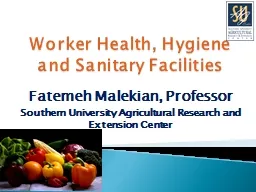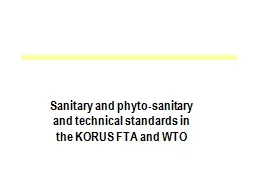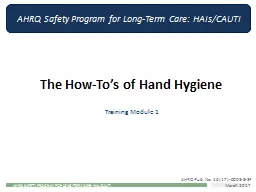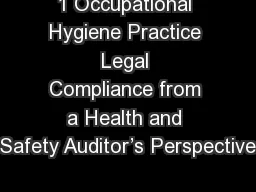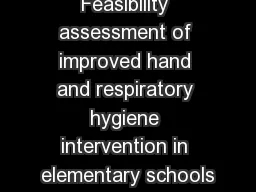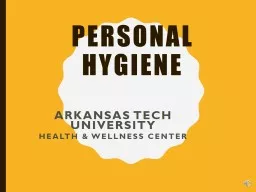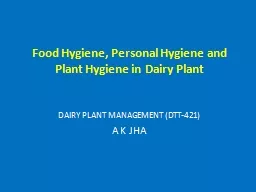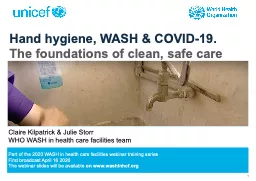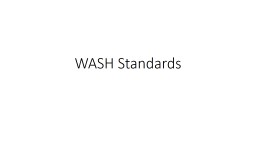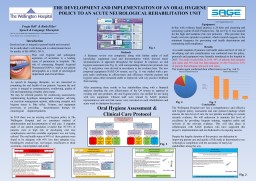PPT-Worker Health, Hygiene and Sanitary Facilities
Author : tatiana-dople | Published Date : 2016-11-03
Fatemeh Malekian Professor Southern University Agricultural Research and Extension Center Be aware of existing state and Federal regulations regarding standards
Presentation Embed Code
Download Presentation
Download Presentation The PPT/PDF document "Worker Health, Hygiene and Sanitary Faci..." is the property of its rightful owner. Permission is granted to download and print the materials on this website for personal, non-commercial use only, and to display it on your personal computer provided you do not modify the materials and that you retain all copyright notices contained in the materials. By downloading content from our website, you accept the terms of this agreement.
Worker Health, Hygiene and Sanitary Facilities: Transcript
Download Rules Of Document
"Worker Health, Hygiene and Sanitary Facilities"The content belongs to its owner. You may download and print it for personal use, without modification, and keep all copyright notices. By downloading, you agree to these terms.
Related Documents

